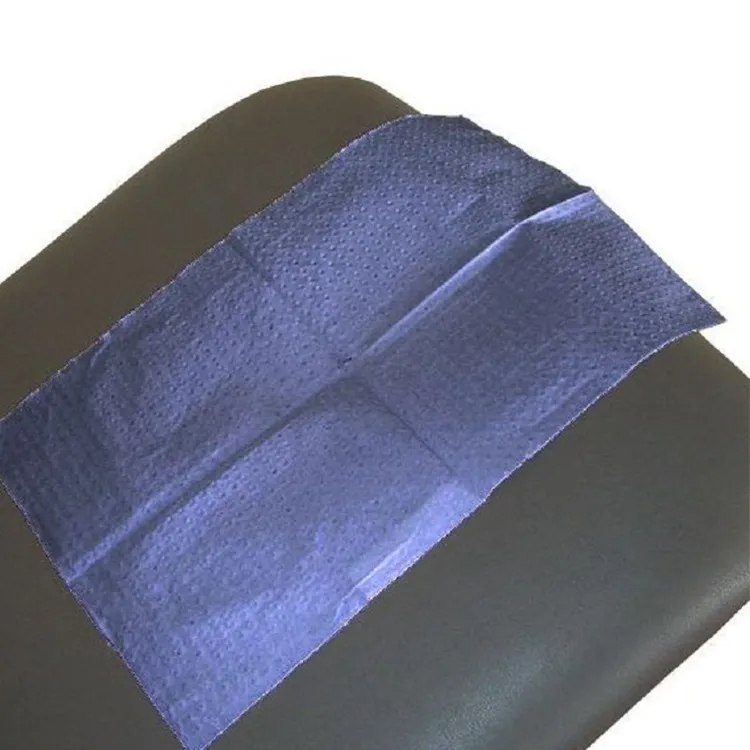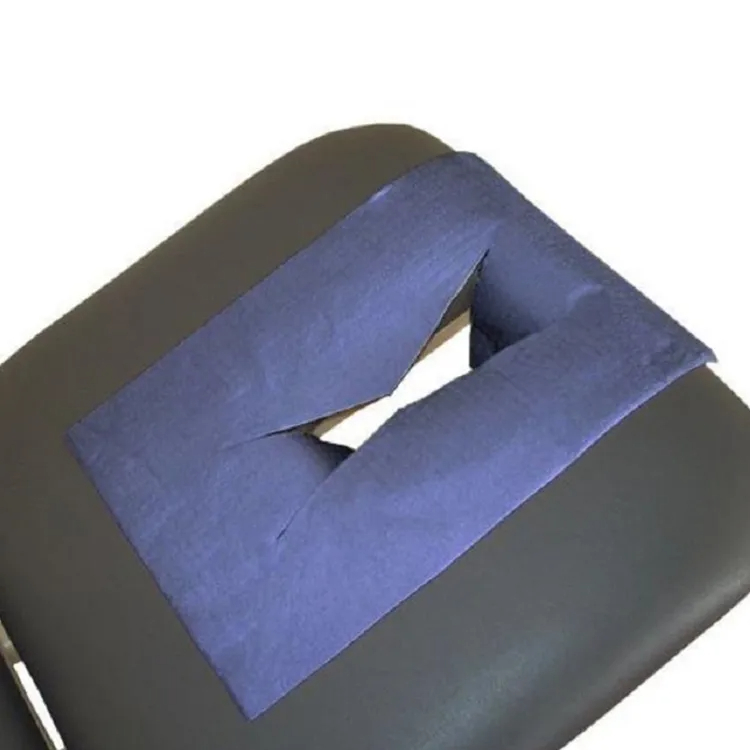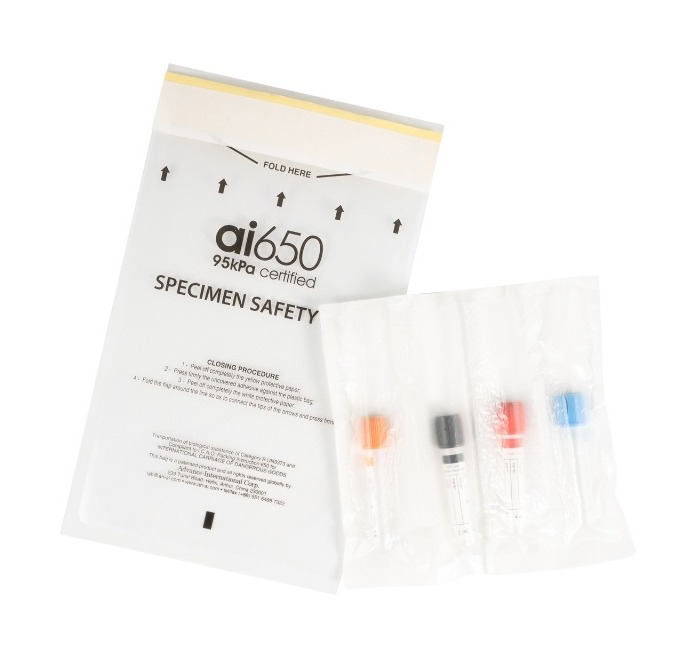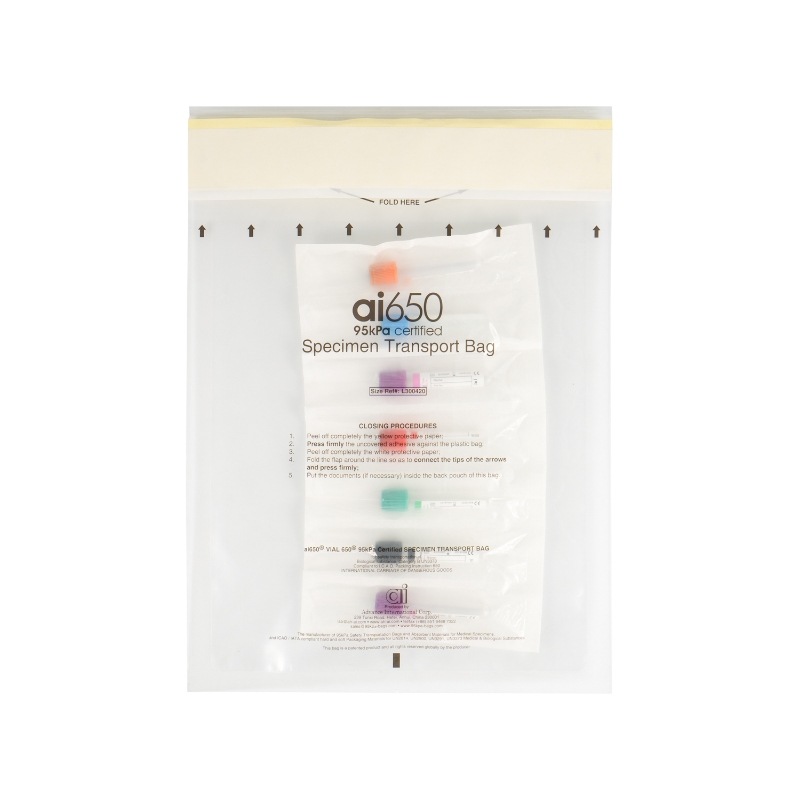In today’s fast-paced industrial world, the demand for materials that combine strength, durability, and versatility is higher than ever. From high-performance equipment to critical components used in challenging environments, industries across the globe rely on advanced materials to meet their complex needs. One such material that has gained significant traction in modern manufacturing is zirconia, particularly in the form of ceramic rods. These rods offer exceptional properties that make them invaluable across a wide range of industrial applications.
In this blog, we will explore the role of zirconia rods in modern industry, highlighting their unique characteristics, benefits, and the diverse applications that rely on these robust ceramic components.
What Are Zirconia Rods?
Zirconia rods are made from zirconium dioxide (ZrO2), a ceramic material known for its remarkable properties, including high strength, thermal stability, and resistance to wear. Zirconia, a naturally occurring oxide of zirconium, is often used in advanced industrial applications due to its ability to withstand extreme conditions. When formed into rods, zirconia offers a material that is tough, resistant to corrosion, and can be easily fabricated to meet specific application requirements.
Unlike other ceramic materials, zirconia can be stabilized to achieve high toughness through the addition of certain stabilizing agents like yttria (Y2O3). This process gives zirconia its unique blend of toughness and flexibility, making zirconia rods ideal for critical applications in various industries.
Key Properties of Zirconia Rods
Zirconia rods possess several key properties that make them indispensable in modern industry:
-
High Mechanical Strength: Zirconia is one of the toughest ceramics available, offering superior mechanical strength compared to other materials like alumina and titanium. The strength of zirconia rods allows them to handle heavy loads and resist breakage, even in demanding applications.
-
Excellent Wear Resistance: Zirconia rods are highly resistant to wear and abrasion, making them ideal for use in environments where mechanical components are subjected to constant friction and stress. This resistance to wear extends the lifespan of equipment, reducing maintenance costs and improving overall performance.
-
Thermal Stability: Zirconia rods can withstand extremely high temperatures without losing their structural integrity. This makes them highly suitable for use in high-temperature environments like furnaces, kilns, and industrial reactors, where other materials may fail or degrade.
-
Corrosion Resistance: Zirconia is highly resistant to chemical corrosion, making zirconia rods an excellent choice for applications that involve harsh chemicals, acids, or bases. This property is especially valuable in the chemical, pharmaceutical, and manufacturing industries.
-
Electrical Insulation: Zirconia rods are also known for their electrical insulating properties. This makes them highly effective in applications where electrical insulation is required, such as in sensors and electrodes used in various industrial processes.
Industrial Applications of Zirconia Rods
Zirconia rods have found their way into a wide range of industries due to their unique combination of properties. Here are some of the most notable applications where zirconia rods are used:
1. Aerospace and Automotive Industries
In the aerospace and automotive sectors, precision, durability, and reliability are critical. Zirconia rods are often used in components such as turbine blades, exhaust systems, and heat shields. These components are exposed to extreme temperatures and mechanical stress, making zirconia’s thermal stability and mechanical strength ideal for ensuring optimal performance.
Zirconia rods also play a key role in engine components, where their wear resistance helps in reducing friction and wear. In automotive applications, they are used in sensors, actuators, and other critical parts that must perform under high temperatures and harsh conditions.
2. Chemical and Pharmaceutical Industries
Zirconia rods are highly resistant to chemical corrosion, which makes them an ideal material for use in the chemical and pharmaceutical industries. These industries often deal with highly reactive substances, and zirconia’s ability to resist corrosion from acids, bases, and other chemicals ensures long-lasting and reliable performance.
In the chemical processing industry, zirconia rods are used in components like pumps, valves, and reactor linings, where they provide resistance to abrasive wear, high temperatures, and chemical exposure. Similarly, in pharmaceutical applications, zirconia rods are used for mixers, filters, and sealing parts, ensuring efficient and safe operations.
3. Power Generation
Power generation facilities, including nuclear and conventional power plants, rely on materials that can withstand high temperatures and radiation exposure. Zirconia rods are commonly used in components such as reactor control rods, insulation parts, and heat exchangers, where their durability and ability to maintain structural integrity under extreme conditions are critical.
The ability of zirconia rods to perform in high-temperature environments without losing strength or resistance to wear makes them indispensable in power generation applications, improving both the efficiency and longevity of equipment.
4. Electronics and Electrical Industries
Zirconia rods are also extensively used in the electronics industry, particularly in sensors and electrodes, where their insulating properties are highly valued. Zirconia’s ability to resist electrical currents makes it an ideal material for electrical insulation in various devices, including capacitors, resistors, and connectors.
Furthermore, zirconia rods are used in fuel cells, where their excellent ionic conductivity at elevated temperatures enhances performance. Zirconia-based solid oxide fuel cells (SOFCs) are gaining popularity as an efficient and environmentally friendly energy source, especially for high-performance applications.
5. Medical and Dental Applications
Zirconia rods have found applications in the medical and dental fields, where they are used to produce durable and long-lasting implants and prosthetics. Zirconia is biocompatible, making it safe for use in the human body. Dental implants made from zirconia rods are highly durable and resistant to wear, offering long-term solutions for patients.
In addition to dental applications, zirconia rods are also used in medical devices such as surgical instruments, where their strength and wear resistance ensure precise and safe operations.
6. Manufacturing and Precision Engineering
In manufacturing, zirconia rods are commonly used in precision tools, cutting implements, and wear-resistant components. Their high hardness and resistance to abrasion make them the perfect material for manufacturing applications that require high precision and longevity. Whether it’s in the form of cutting tools for machining or components for industrial machinery, zirconia rods help improve productivity and reduce maintenance costs.
Conclusion
Zirconia rods have firmly established themselves as a crucial component in modern industrial applications due to their unique blend of strength, durability, and resistance to extreme conditions. From aerospace and automotive industries to chemical and pharmaceutical applications, zirconia rods provide reliability and performance that is unmatched by other materials. Their ability to withstand high temperatures, resist wear, and endure harsh environments makes them indispensable in industries where precision and performance are paramount.
As industries continue to evolve and require more specialized materials, zirconia rods will undoubtedly remain a cornerstone in the development of advanced manufacturing technologies. Investing in zirconia rods for your applications is a smart choice, ensuring that your equipment and components are built to last, perform optimally, and stand the test of time.









